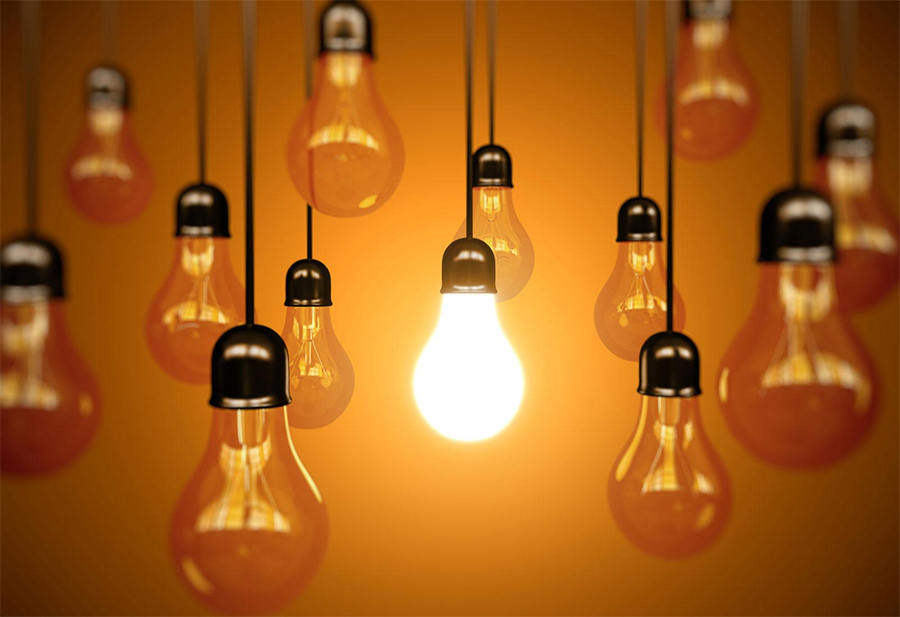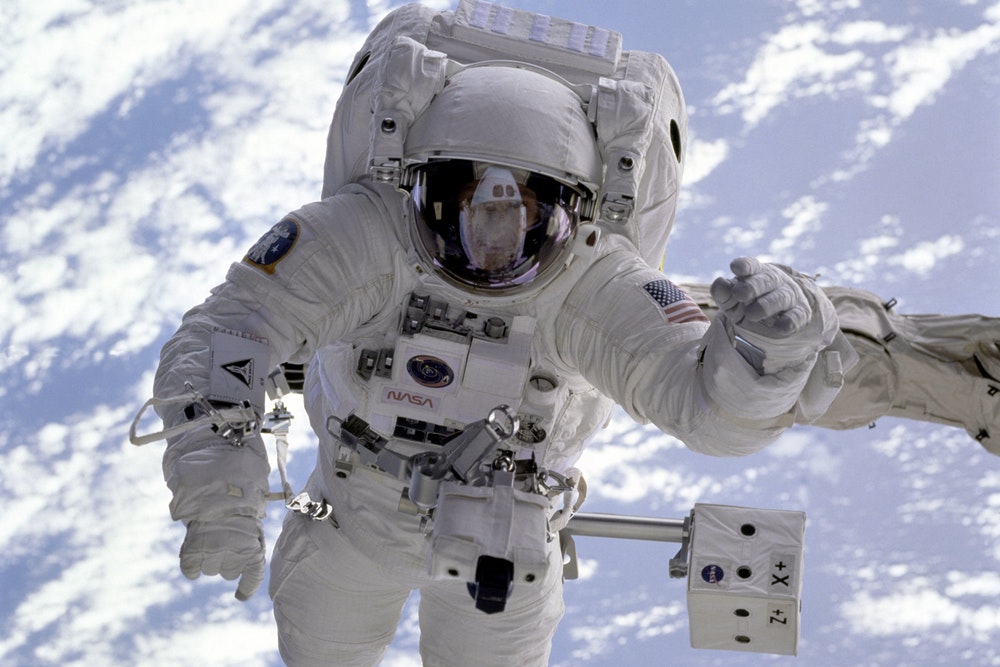In every class, most of the urban Nepalis born in the 1990s had had a general knowledge book filled with different facts of the world and IQ tests. One would stuff themselves with the knowledge and rote-learn it to ace the test and sound smart. But, turns out not everything that was taught then as ‘facts’ were really facts. Thanks to the internet and advanced research, many of them have been corrected. So, among the many stuff, you were taught at your school, here are nine facts you need to get straight:
1. Edison invented the light bulb

You had always learned Thomas Alva Edison invented the electric light. But, fact check: he did not invent it, he just patented the electric bulb in his name and commercialised it in 1879. Even though Edison did not invent it, the credit for the invention of the light bulb is given to him because his light bulb was the first one to be verified and made accessible for households.
The history of the light bulb actually begins way before Edison. Humphry Davy was the first to invent the base for a functioning incandescent light in 1802. In the following decades, there were various inventions that created a base for the modern bulb, such as Warren de la Rue’s coiled platinum filament in 1840, Joseph Wilson’s carbonised paper filaments in 1850.
2. Camels store water in their humps

As they live in the deserts, camels can live up to 15 days without water. That is a fact. But, in your school books, you were taught the camels drink huge amounts of water and store it in their humps and use it little by little when needed.
Well, for the survival of camels, in the desert, a hump is very necessary. The science is that camels are most likely to get sweaty and overheated without the hump. Camels have oval-shaped blood cells that expand and help them take in more water to recover from dehydration. They actually use the hump to store the fat and use it as a source of nourishment during food scarcity.
3. Bats are blind

These nocturnal mammals can actually see and navigate through their eyes well. Their eyes contain photoreceptor cells known as rods, which maximise their ability to see in the dark.
But, bats do not search for their enemy or prey through eyes, instead, they do it through echolocation, producing ultrasonic sound waves that bounce, to find certain objects. Maybe this is why most of the people got the wrong idea that bats are blind. Rather, bats can use both their vision and echolocation to find their prey.
4. Columbus discovered America

Another false story of your school days was that Christopher Columbus discovered America. In 1492, Columbus did sail the blue sea, where he was said to have discovered an unknown land. The real motive of Columbus was to find a direct water route from west of Europe to Asia, precisely, to India from where he could visit China from a safe commercial base. But, he failed in it.
So did he land in America? It was not in America but Guanahaní of the Bahamas, a cluster of islands east of America. The Bahamas has never been a part of America.
Even the name America was not taken from him, rather America was named after another navigator called Florentine Amerigo Vespucci, who found the Riod de Janeiro in South America.
5. There’s no gravity in space

Gravity is a natural force that applies to a body with mass; every astronomical body attracts another towards its centre. Bigger mass means higher gravity, all have a range and it gets weaker when a body travels farther. But, in school, you were taught that there is no gravity in outer space and if someone gets out in space, they tend to float there for the rest of their eternity.
But, there IS gravity in space and it is different on all astronomical bodies. Gravity in space or around the International Space Station (ISS) is just particularly weak in comparison to the gravity on Earth. Astronauts who have been to space or ISS also previously thought they were experiencing weightlessness, but it was later revealed what they were experiencing was microgravity (a situation with very low gravity) and a sense of weightlessness.
6. Humans only use 10 per cent of their brains

This myth is pretty popular. It has inspired many discussions, movies and theories. And through them, this 10 per cent myth has further camped in your mind.
The origin of this statement is said to have begun from an article from the 1907 edition of the Journal Science, where the author William James explained that humans use only a small part of their mental capacity. Along with that, the belief among scientists that neurons comprise only about 10% of the brain cells may have converted to the 10 per cent myth.
Many scientific, neurologic research works used functional magnetic resonance imaging (fMRI) and positron emission tomography (PET) scans of the brains to track brain activity. These tests showed that human beings use their whole brain and debunked the 10 per cent myth. It is just that some parts of the brain work during certain tasks while other parts of the brain work in other tasks. And, interestingly, the most you use your brains is while sleeping or taking naps.
7. You can only see the Great Wall of China from the space

The Great Wall of China is the longest structure in the world. Many people had already started a wrong belief of the Great Wall of China being visible from space. Starting from 1932, this myth was said to have influenced even more.
Later, it was later revealed by the Apollo astronauts that it was in fact false and appears as a hairline to the naked eye from space. Even the astronauts, from China, have verified that the Great Wall of China is not visible from space, except at the low altitudes. From the low altitude, even the roads, plane runways whose colours do not match into the ground like the Great Wall are easily seen.
8. Chameleons change colours to match their surroundings

You have always believed chameleons can easily change their colours to camouflage themselves in any surrounding. But, you are now learning that the fact is wrong.
To change the colour and texture of their skin, chameleons use their crystals that affect how the light is reflected. Mostly they change their skin colour to maintain their body temperature in the respected surrounding. A cold chameleon might turn black to absorb more heat, and a hot chameleon may turn pale to reflect the sun.
Likewise, they turn dull brown and green when they are about to rest, and dark while they are aggressive (for example: when the female chameleons do not want to mate).
9. Earth is the only planet with water

You have always believed that the Earth is the only planet with water. Are you still one of the many who still think so? Yes, our mother Earth is one of the planets which contains water, but it is not the only one. It is still the only planet with seas and oceans and drinkable water.
NASA has discovered that the dark streaks that vary on Mars suggest there is not just ice on the red planet but a liquid similar to saltwater also flows there. Another discovery done by NASA is that under the layer of ice on Europa, Jupiter’s moon, there is an ocean with double the amount of water found on Earth. Research is underway to find and develop a sustainable life on other planets with water.

























